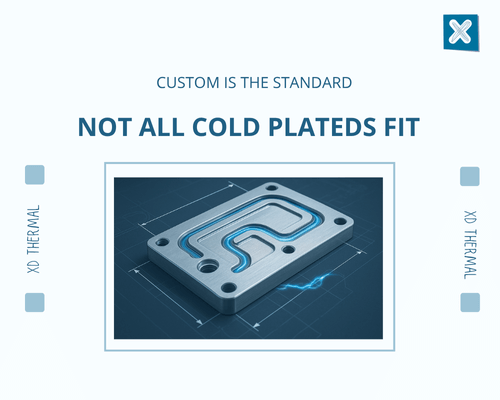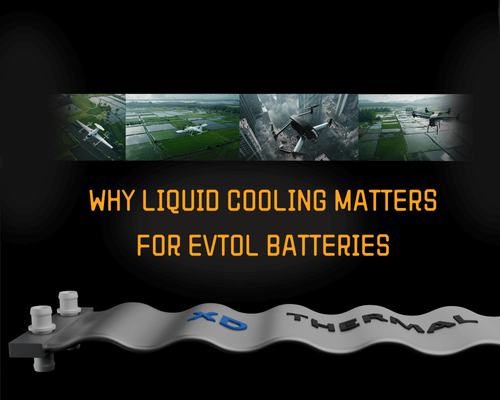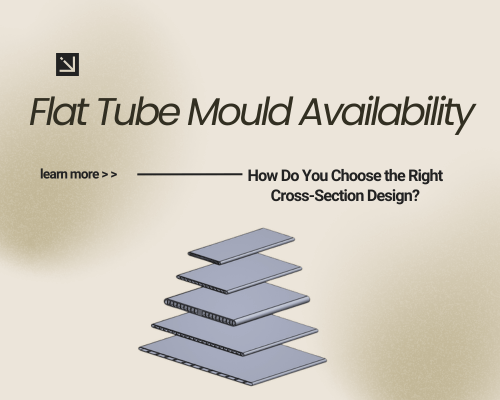Why Can’t You Just Buy an Off-the-Shelf Liquid Cold Plate?
Why Can’t You Just Buy an Off-the-Shelf Liquid Cold Plate? You want a quick solution, but keep hearing “custom only.” You’re managing a power module, battery pack, or data centre project and you know the thermal load is significant. You reach out with a seemingly simple request: “Do you have a cold plate in XXX size that I can use?” It feels like a reasonable question—but the answer you often get is a technical detour: “No standard product, everything is custom.” This can be frustrating. But there’s a valid reason behind it—one that actually works in your favour when reliability, performance, and cost-effectiveness are at stake. Liquid cold plates are rarely off-the-shelf due to their dependency on system-specific parameters—such as size, heat flux, coolant flow rate, and component layout. Customisation ensures optimal thermal performance. That said, we can match similar past projects, support quick feasibility evaluations, and deliver small-batch samples for prototyping. Table of Contents Why Are Liquid Cold Plates So Application-Specific? Unlike generic components, cold plates must interface precisely with your heat source—both physically and thermally. Here’s why a standard part often won’t work: Design Variable Length, width, and thickness Channel layout Inlet/outlet locations Cooling capacity Mounting hole pattern Coolant type Why It Matters Must align with mounting surface or battery module outline Affects heat transfer uniformity and flow pressure drop Must suit the coolant routing inside the system Must match the heat load and hotspot locations Aligns with your system’s mechanical layout Impacts corrosion, fluid velocity, and wall material compatibility Even a 5mm difference in positioning or a minor change in heat density may require a new channel design or rebalanced flow distribution. That’s why standardising cold plates without compromising performance is rarely possible. Can Past Designs Be Reused? Actually, yes. This is where experienced suppliers can help…









